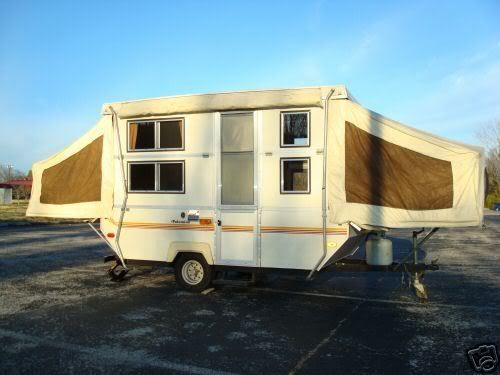The electric jack would be great, but remember the side walls folds in. Could make the jack external, I guess...
The galley in the rear is of course best for weight distribution, plus puts the water tank over the axle, the front bed plan does not work out so well for balance. I have drawn it with the galley as a side pullout, which is OK, but I kind of like it sliding out the back as it does not require any additional support (legs to the ground). The galley cab would be supported by over-extension slides, so it fully clears the body.
The galley in the rear is of course best for weight distribution, plus puts the water tank over the axle, the front bed plan does not work out so well for balance. I have drawn it with the galley as a side pullout, which is OK, but I kind of like it sliding out the back as it does not require any additional support (legs to the ground). The galley cab would be supported by over-extension slides, so it fully clears the body.


